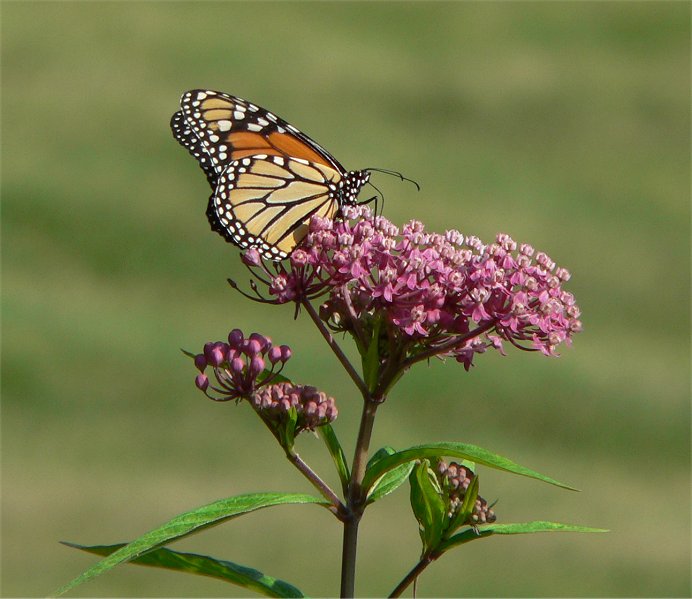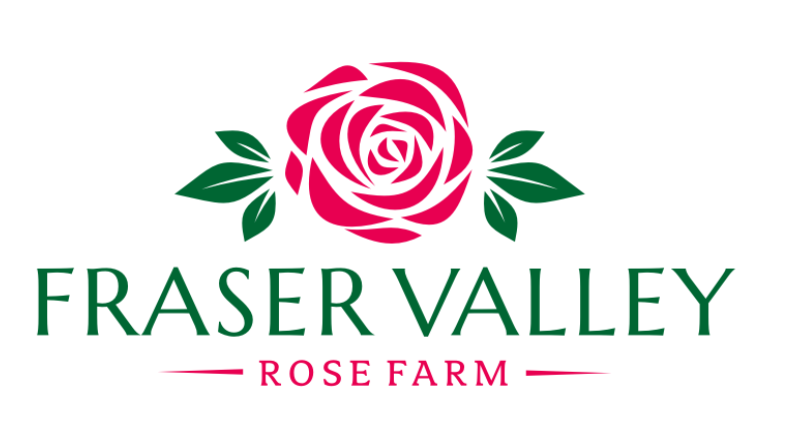Portable Sprinkler Project
See what I do when I have a little time on my hands? I start cementing PVC into funny shapes to move water around! Here’s the video: I’ll completely understand if you conclude this to be an eccentricity related to off-season idleness (actually, pretty busy winterizing roses right now, but whatever). The need for this…
Challenging Common Rose Planting Advice
At the risk of seeming foolish, I’m going to court controversy, and attempt to debunk a piece of gardening advice so commonplace that it’s taken as gospel truth. It goes like this: When planting a rose, dig a much larger hole than the pot size, and then amend the soil heavily before back-filling around the…
Avoid These 3 Things To Help Your Roses Survive Winter
Roses are built to survive winter Don’t treat your roses like they’re the fancy dinnerware of the garden. Most are descended from tough, northern climate species, and they’re well prepared to get through the cold of fall and winter – at least in the mild-to-moderate climate of the Fraser Valley. Some of the “special care”…
Trading Roses & Cuttings
Recently, I’ve been talking to anyone who will listen about why we (rose gardeners) need to take control of our own hobby and safeguard the many garden-worthy, heirloom and unique roses that are no longer offered “in the trade”. Think about this for a minute: we have over 2000 years of rose cultivation under our…

Plant These to Support Beneficial Insects
You’re not freaked out by “bugs” in the garden – because you know a balanced population of insects is the secret to a healthy garden. There are all sorts of plants you can include in your garden to support the health of bees, butterflies, and other garden helpers. In general, any increase in plant diversity…

